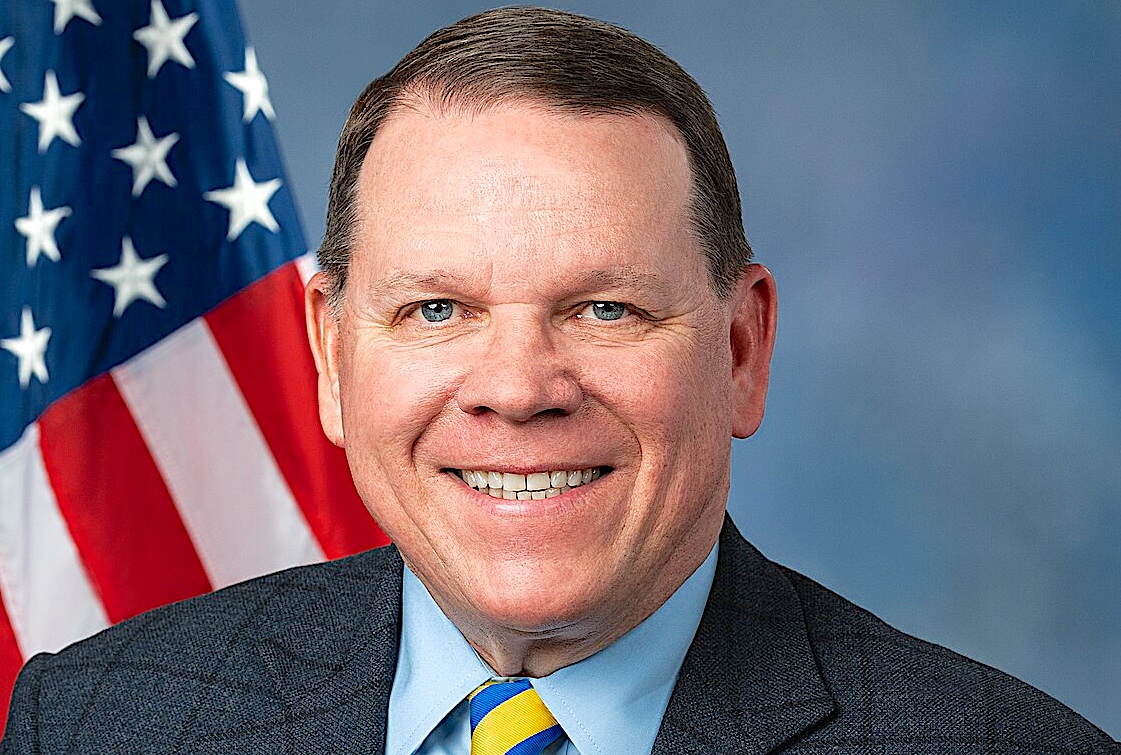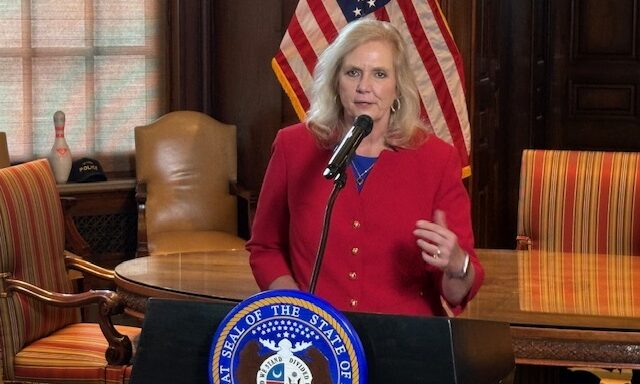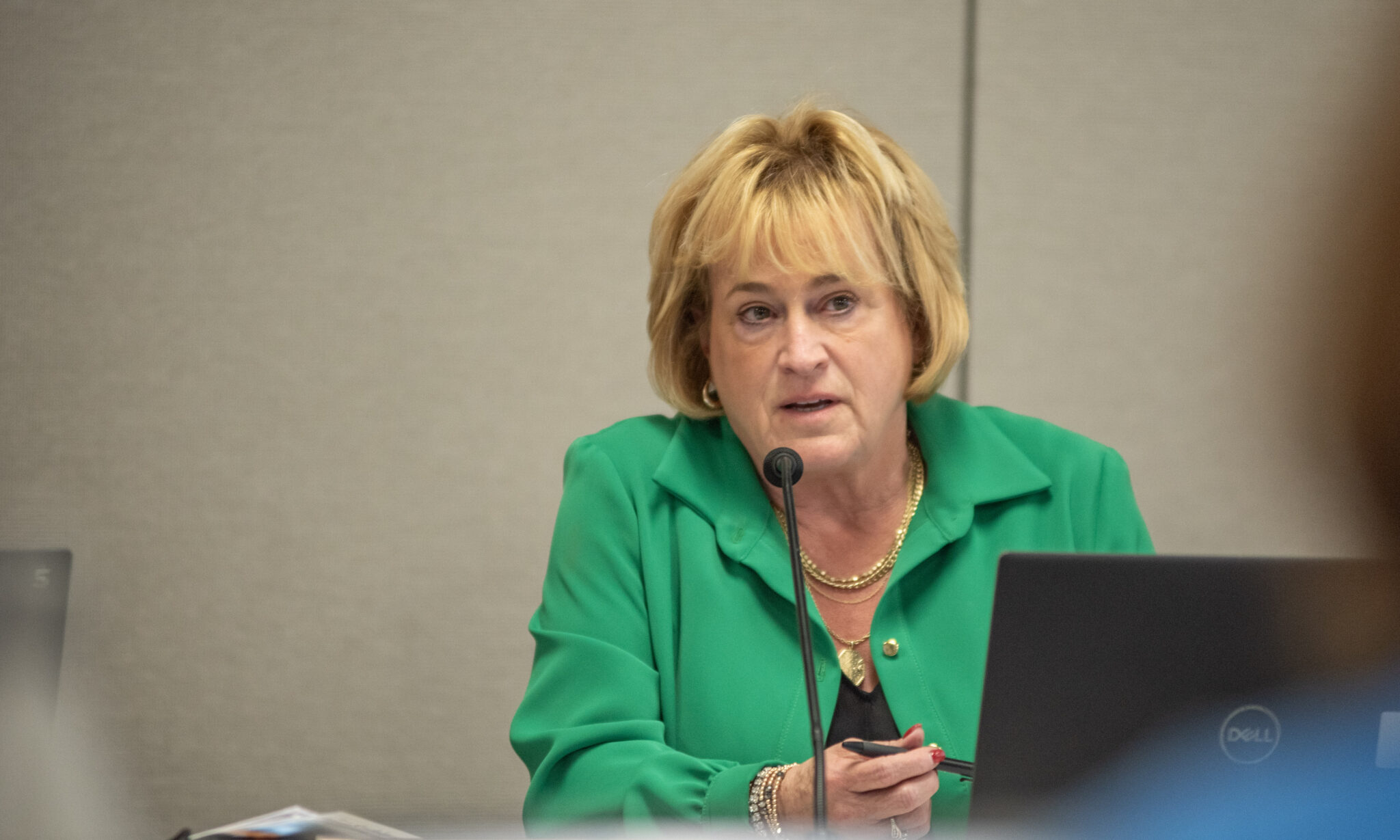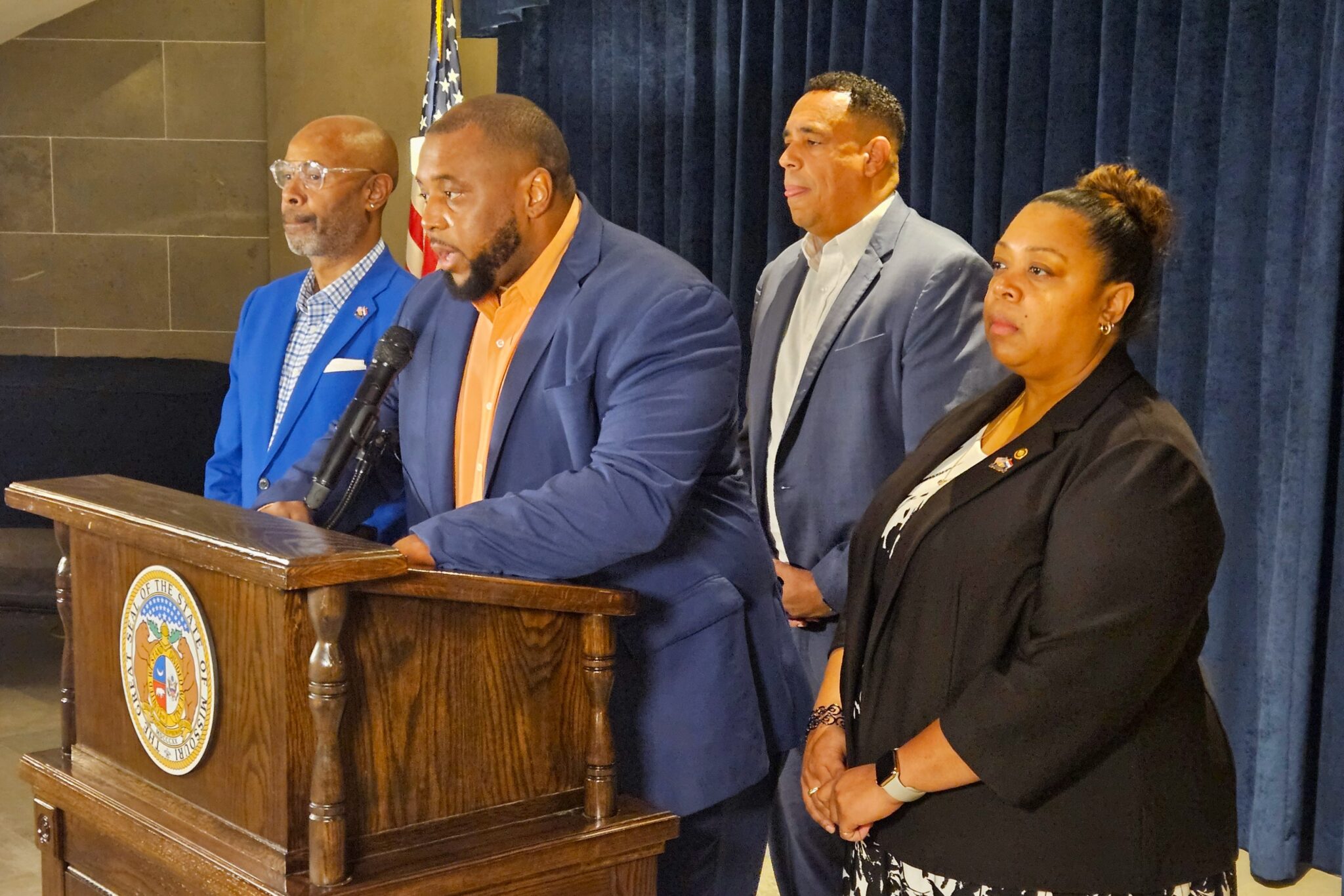Washington, DC Leaders of the Transportation and Infrastructure Committee presented legislation in the U.S. House that would alter the Federal Emergency Management Agency (FEMA) and federal disaster assistance programs in the most comprehensive way in decades.
Transportation and Infrastructure Committee Ranking Member Rick Larsen (D-WA); former Republican Daniel Webster (R-FL) as the lead of the Economic Development, Public Buildings, and Emergency Management Subcommittee; and Economic Development, Public Buildings, and Emergency Management Subcommittee Ranking Member Greg Stanton (D-AZ) introduced the Fixing Emergency Management for Americans (FEMA) Act of 2025 (H.R. 4669).
After Graves and Larsen released a discussion draft bill on May 8 and the committee gathered input on the draft from members of Congress and the emergency management stakeholder community, the FEMA Act was introduced.
In addition to streamlining the federal government’s disaster response and recovery initiatives, the FEMA Act restores FEMA’s cabinet-level status and direct presidential accountability. In addition to protecting taxpayers and reducing red tape, the law promotes efficient state and local preparation and guarantees that relief operations are prompt, equitable, and free from political bias.
Chairman Graves stated in a press statement that the American people require an emergency management system that operates efficiently and promptly, not one that complicates catastrophe recovery. However, state and local authorities, emergency managers, and catastrophe victims have repeatedly told us the same thing: the federal process is too cumbersome, delayed, and divorced from the realities on the ground. Rebuilding communities must negotiate a labyrinth of intricate regulations, competing deadlines, and masses of onerous paperwork. The FEMA Act of 2025 aims to address the critical reforms that FEMA needs. More than any recent reform, this bill streamlines programs, cuts bureaucracy, gives flexibility, and puts FEMA back to its original mission of enabling the states to take the lead and coordinating the federal response when necessary.
According to ranking member Larsen, as disasters get more severe, billion-dollar catastrophes like the catastrophic floods in Skagit and Whatcom counties in 2021 pose a threat to the safety and way of life of communities in Washington and throughout America. With the help of this bipartisan bill, FEMA will become more powerful and effective, enabling it to aid populations affected by disasters, such as those in my district that were struck by the 2024 Bomb Cyclone. I appreciate Chairman Sam Graves, my colleague, working with me on this bipartisan solution.
Rep. Webster stated, “As a Floridian, I have personal experience with the devastation caused by hurricanes and other natural disasters, and I know how crucial it is to have adequate preparation, response, and relief when tragedy strikes.” At the national level, this act expands on Florida’s achievement in setting the gold standard for emergency response and catastrophe mitigation. We guarantee that government disaster response is quicker, more effective, and accountable to the American people by simplifying FEMA and reducing red tape.
The goal of FEMA is to support Americans during their most difficult time. The agency isn’t flawless, and as disasters become more common and severe, its work becomes more difficult. But according to ranking member Stanton, the answer is to work across the aisle to strengthen FEMA rather than dismantle it. In order to streamline the agency and ensure that communities receive disaster relief in a timely, effective, and equitable manner, this bipartisan law implements commonsense measures.
https://transportation.house.gov/uploadedfiles/fema_act_of_2025_introduced_text.pdf?utm_campaign=198416-345 contains the text of the FEMA Act of 2025.
The FEMA Act can be viewed at https://transportation.house.gov/uploadedfiles/fema_act_of_2025_introduced_text.pdf?utm_campaign=198416-345 for a section-by-section summary.
An overview of the 2025 FEMA Act
The FEMA Act of 2025 returns FEMA to its former position as an autonomous agency, with its own inspector general in charge and direct reporting to the president.
- This structure mirrors the Stafford Act, which authorizes the President to direct federal disaster response efforts through the Disaster Relief Fund.
- Returning FEMA to a Cabinet-level agency will empower the Administrator to lead a coordinated, government-wide response to disasters.
- FEMA will become more agile and focused on helping Americans not bogged down by having its resources and personnel diverted to support non-Stafford Act disasters.
The FEMA Act of 2025 empowers states affected by disasters, expedites the delivery of funds to communities, instills common sense, and eliminates bureaucratic red tape that can prolong disaster recovery for decades.
- By replacing the slow and bureaucratic rebuilding process with faster, project-based grants, states will be able to set the pace of recovery, reduce their dependence on costly consultants, and prioritize the highest need projects, without having to take out expensive loans or wait years for reimbursement.
- For the first time, states are incentivized to make their own investments in mitigation, robust state rainy day funds, and private insurance policies.
- This legislation also makes critical reforms to federal permitting and procurement processes to speed up rebuilding projects and eliminate unnecessary delays.
- In addition, the FEMA Act of 2025 establishes a Recovery Task Force charged with closing out more than 1,000 lingering disaster declarations dating back to Hurricane Katrina and directs FEMA to improve coordination across all federal agencies involved in disaster recovery.
The FEMA Act of 2025 saves taxpayer money while implementing sensible reforms to improve the effectiveness of disaster assistance for survivors.
- Disaster survivors will complete a single, streamlined application when applying for assistance, significantly reducing the paperwork burden.
- FEMA must provide clear, understandable notices to disaster survivors, ending the confusion caused by complex and jargon-filled denial letters.
- It directs the FEMA Administrator to apply practical, survivor-focused solutions that both speed assistance to disaster victims and reduce overall costs to taxpayers.
- The FEMA Act of 2025 removes disincentives that have discouraged donations from charities, religious organizations, and the public, ensuring more non-federal support is available for disaster survivors.
- States are given more flexibility to determine the best emergency housing solution for a particular disaster.
The FEMA Act of 2025 bolsters community protection initiatives prior to a disaster.
- The FEMA Act 2025 overhauls FEMA s existing mitigation framework to accelerate project timelines, reduce long-term disaster costs, and ensure greater coordination across federal funding streams, so states can more effectively leverage resources.
- States can pre-vet mitigation projects through a peer-review process to speed up funding when disaster strikes and combine funds from federal programs to expedite the completion of critical projects.
- The FEMA Act of 2025 clarifies building code requirements, ensuring states retain the flexibility to tailor standards to the hazards they face.
- The legislation also supports homeowners as they invest in cost-effective mitigation improvements, reducing long-term disaster costs.
The FEMA Act of 2025 calls for increased accountability and transparency from FEMA and prohibits the politicization of disaster assistance.
- The FEMA Act of 2025 strictly prohibits any political discrimination in providing disaster recovery assistance. It directs the Office of Management and Budget to establish a centralized public website that tracks disaster assistance funding across the federal government.
- The bill mandates a full Government Accountability Office review of all FEMA regulations and policies to eliminate outdated, conflicting, and unnecessary rules.
- It also requires an assessment of identity theft and disaster fraud risks, and directs reviews related to insurance coverage, the effectiveness of public alerting systems, and cost savings associated with the reforms in the discussion draft.












